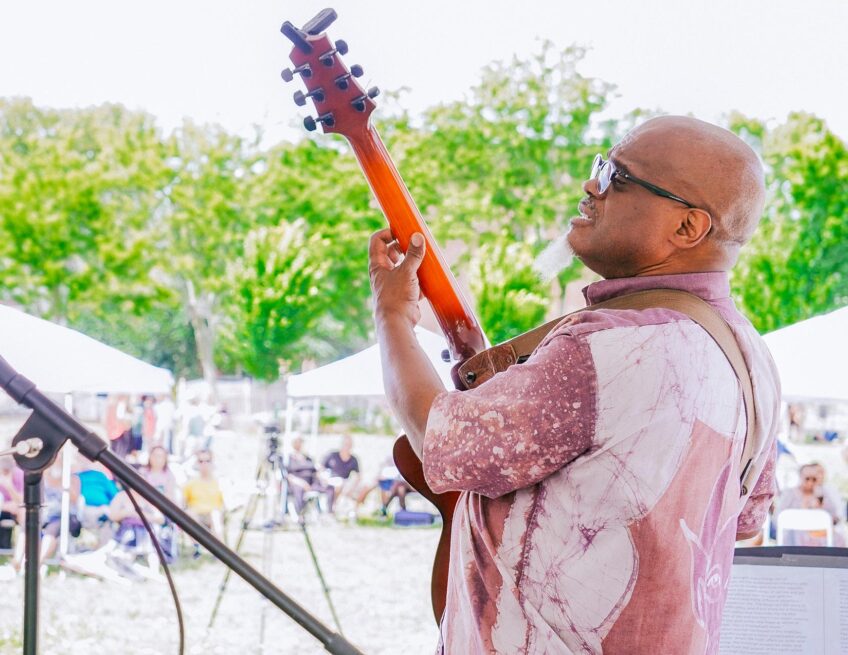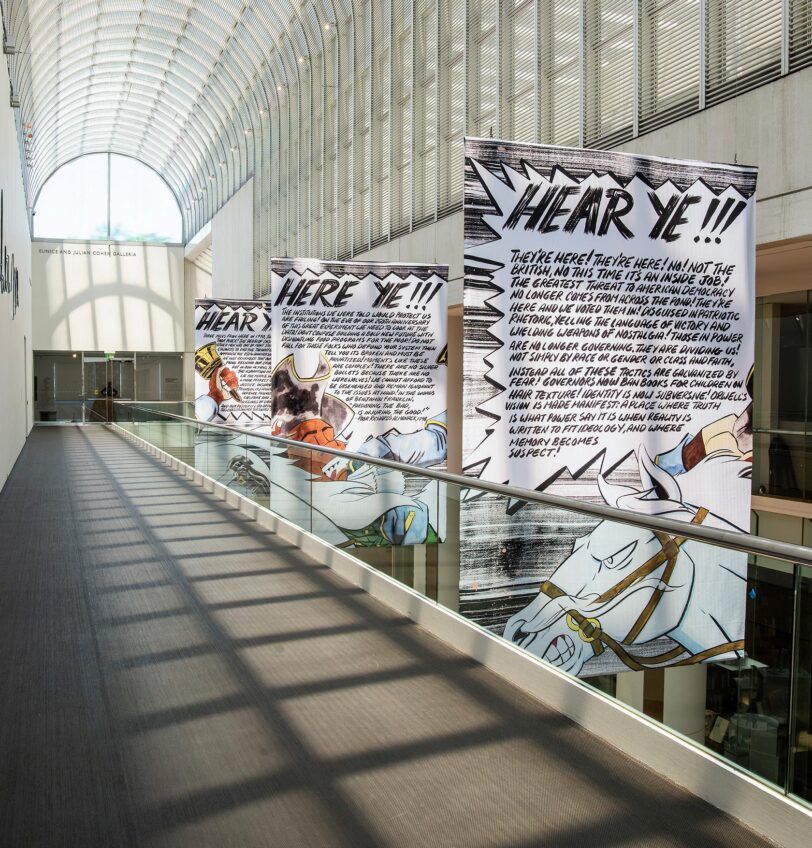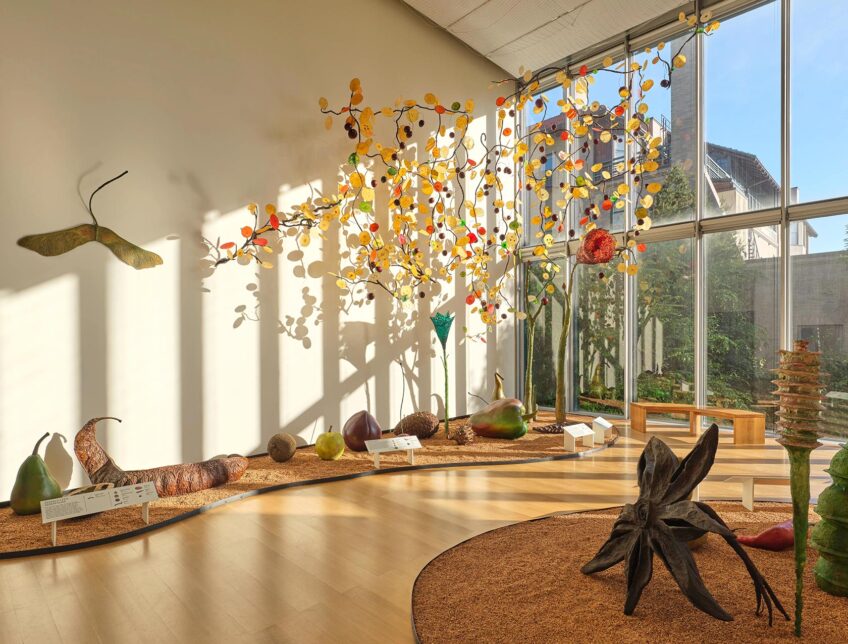India Currents’ silver anniversary bash includes sacred cow
SAN JOSE, Calif. — Abundant accolades, a touch of nostalgia and a very young cow marked the 25th anniversary celebrations of India Currents, a magazine that, as its publisher Vandana Kumar said, “showcases the Indian-American experience.”
Despite a number of ethnic and mainstream publications going under in recent years because of the recession, the glossy monthly has not only survived but “remains a viable business after 25 years,” noted Kumar proudly in her welcome address on the second day of the three-day celebration at the Theater at San Pedro Square.
From an eight-page newsletter that was written, printed and all 5,000 copies of it hand-delivered by its publishers — Arvind Kumar, Ashok Jethanandani and Vandana Kumar — to restaurants and other businesses across the Bay Area in August 1987, the magazine today has a combined print run of 32,000 in its northern and southern California issues. Supported by advertisers, it continues to remain a free publication.
It fulfilled a “hunger to discover our roots,” observed Arvind Kumar, who, like Jethanandani, had only cut his teeth in publishing with the Trikone newsletter, a new publication for the South Asian gay and lesbian communities in the Bay Area.
Both men were graduates of the prestigious Indian Institute of Technology in India, and recent immigrants to the United States.
Initially, the magazine focused on South Asian culture, and featured cover-to-cover reports and listings about dance, music and food.
“If an event was not listed in it, it was not going to happen,” said India’s Consul General in San Francisco N. Parthasarathi, the guest of honor on day two of the bash.
Before long, topics few Indian American publications dared broach — divorce, LGBT issues, domestic violence — began to grace its pages.
Under the former editorship of 20-something Ragini Tharoor Srinivasan, the magazine was infused with voices of the new generation.
To date, stories that have drawn the most reader engagement are “Don’t Call me Aunty,” “Shaadi.com” and “Desi by Marriage,” according to Vandana Kumar.
Former New America Media (NAM) editor Sandip Roy and Bay Area commentator Sarita Sarvate both got their start as writers at the magazine, which raked in two awards at NAM’s first national awards in 2006 honoring ethnic media, noted NAM executive director Sandy Close, who was honored at the celebrations. Since then, the magazine has gone on to win more awards.
The highlight of the three-day celebration was a play each day presented by Naatak, the popular South Bay-based theater company.
Titled “Death in San Francisco,” the satire centers around a Pacific Heights Indian-American family whose patriarch suddenly dies at the age of 55, leaving behind a will requesting that he be cremated on the shore “with proper rites and ceremonies,” exactly the way he cremated his father in India 30 years ago.
As his body rests in the living room of their Pacific Heights home with a broken air conditioner, the family agonizes over how to fulfill his wishes while complying with the city’s public health laws. They wonder how to get water from the sacred Ganga River to pour into the dead man’s mouth.
The bereaved wife adds to the complication. If her husband is going to be cremated in an open space, she says, the family should ensure that a sacred cow be brought in before the body is removed from the house to help the soul’s peaceful transmigration.
True to his all-or-nothing style, Naatak director Surjit Saraf has a young cow brought onto the stage just moments before the body is carted away on a bier by four male family members.
The play, which was written by Saraf, with some input from India Currents, was a reflection of the magazine’s own mission: Holding up a mirror to the rapidly changing Indian-American diaspora that still struggles to maintain its cultural roots even as it tries to assimilate.
The magazine’s popularity and credibility have traveled far. The Washington, D.C.-based Smithsonian has invited India Currents to help launch the museum’s Indian American Heritage Project next year, an initiative to create an exhibition chronicling the story of immigrants from India and their descendants in America.
New America Media






